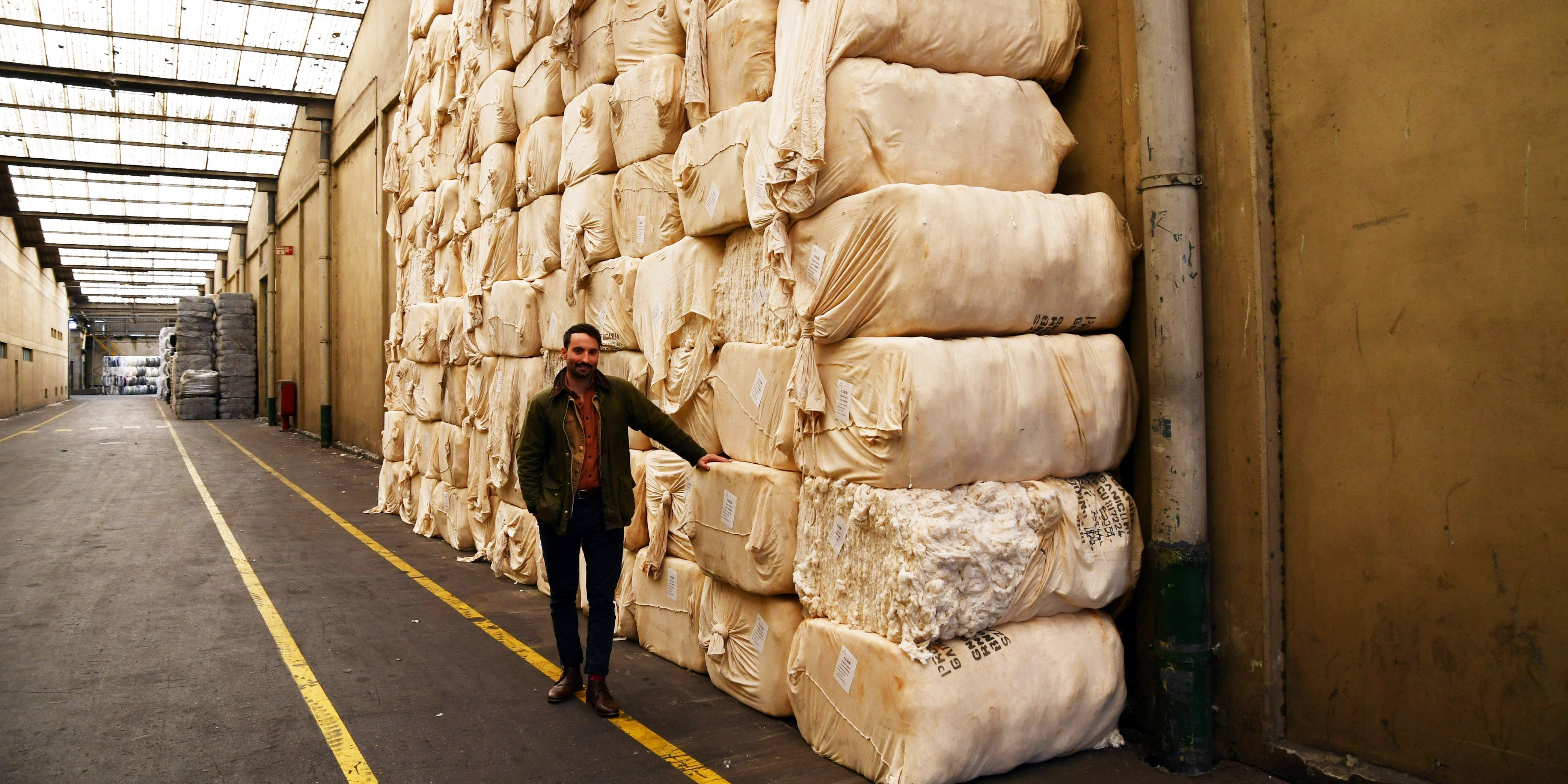In 2022, an incredible 116 million tons of fibers (Q1) were processed into textiles or clothing. This amount is roughly equivalent to the weight of 250'000 fully loaded 747 jumbo jets – an almost unimaginable number. More than half of these fibers consist of polyester, a material derived from crude oil. The textile and fashion industry's reliance on crude oil has severe ecological consequences, from climate-damaging emissions to the pollution of our waters with microplastics. These alarming facts highlight the urgent need to rethink our consumption and choose more sustainable alternatives.
The Environmental Impact of Polyester
Polyester is the dominant material in the modern textile industry. It is cheap, durable, and versatile, making it a favorite among many manufacturers. However, the production of polyester comes at a high environmental cost:
-
Greenhouse Gases: The production of polyester is based on the processing of crude oil, which releases enormous amounts of greenhouse gases. The textile and fashion industry is estimated to be responsible for about 10% of global greenhouse gas emissions (Q2).
-
Microplastics: Every time polyester clothing is washed, tiny microfibers are released and enter our waters through wastewater. These microplastic particles are almost indestructible and enter the food chain, posing health risks to both wildlife and humans.
-
Resource Consumption: The production of polyester requires not only a lot of energy but also large amounts of water and chemicals, which are often released into the environment, leading to soil and water pollution.
The Path to More Sustainable Fashion
Given these enormous environmental impacts, it is all the more important that we rethink our consumption of textiles and clothing. Here are some steps we can take to make a positive contribution:
-
Reduce Consumption: By buying less and focusing on durable, high-quality products, we can reduce the demand for new textiles. This not only reduces resource consumption but also the amount of waste generated by fast fashion.
-
Choose Natural Materials: Natural fibers like cotton, wool, hemp, or linen are biodegradable and cause less environmental impact than synthetic materials. However, it is important to pay attention to the source of these materials and ensure that they are sustainably grown and processed.
-
Recycling and Upcycling: Many garments can be recycled or upcycled, meaning turning old textiles into new products or giving them a second life through creative ideas. This reduces the need for new materials and minimizes waste. Yarn made from recycled materials can also be increasingly used for fabric production.
-
Conscious Consumption: Before making a purchase, consider whether the garment is really needed. Focus on quality over quantity and support brands that commit to more sustainable practices.
What Materials Do We Use at CARPASUS?
At CARPASUS, we only use natural materials for our garments, currently cotton and linen. Our cotton is either organically grown or recycled. All our fabrics are also certified. This means that in the processing of organic cotton and linen, only dyes and other additives are used that are not harmful to humans or the environment. All organic cotton fabrics are GOTS certified. All linen fabrics are either GOTS certified or manufactured according to the Oeko-Tex Standard.
With so many clothes already in circulation, using these existing resources is becoming increasingly important. Clothes should be made as circular as possible and recyclable. We ensure this by using durable, high-quality materials, offering a repair service, primarily using fabrics made from a single raw material to simplify future recycling processes, and increasingly using recycled yarns for our fabrics. For example, our Campo Shirts are made with 15% recycled cotton yarns, produced from pre-consumer waste, primarily waste fibers that occur during the spinning process and can be reused. However, the proportion of recycled fibers in the textile and fashion industry is still very small, currently only about 1% (Q1).
Conclusion
The textile and fashion industry faces great challenges when it comes to sustainability. The dependence on polyester and other synthetic materials has significant negative impacts on our environment. However, each of us can make a difference through conscious decisions and sustainable practices. By reducing our consumption, choosing natural materials, and promoting recycling, we contribute to making the fashion industry more sustainable and protecting our planet for future generations.
Sources
Q1: Textile Exchange Materials Market Report 2023 accessed on 29/05/2024
Q2: European Parliament Impact of Textile Production and Waste on the Environment Infographics accessed on 29/05/2024

